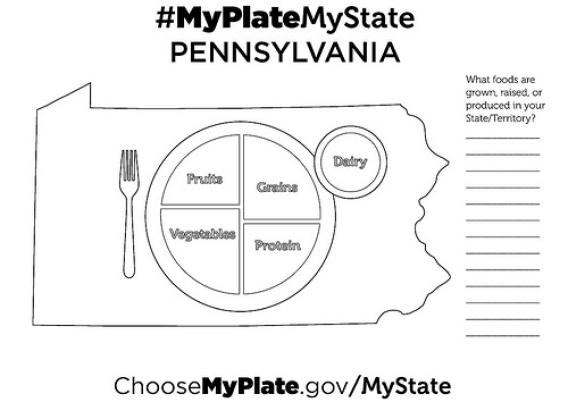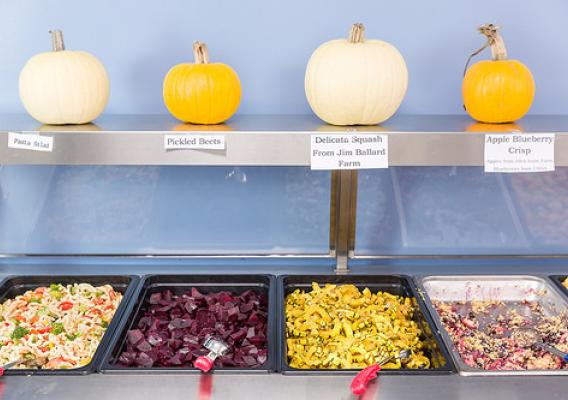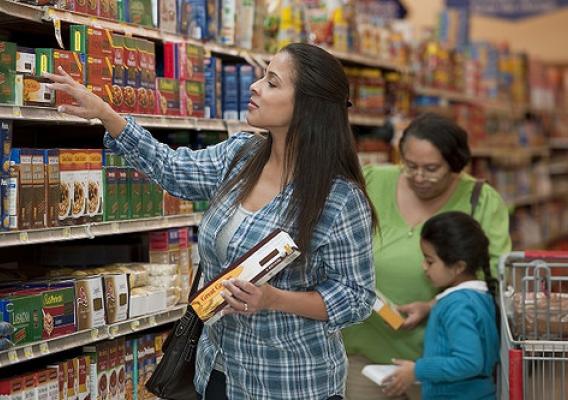Getting a good job these days takes more than good intentions because today’s jobs require a higher level of skills than ever before. This is why the Supplemental Nutrition Assistance Program’s Employment and Training Program (SNAP E&T), administered by states across the country, has such an important role to play in helping SNAP recipients gain the skills they need to find and keep good jobs. This is also why the U.S. Department of Agriculture is committed to supporting this effort.
USDA demonstrated that commitment in two new initiatives launched just this week, the SNAP E&T Learning Academy and a new website for the innovative SNAP to Skills Project, led by the Food and Nutrition Service. The Academy breaks new ground, as a first-ever opportunity that will help address an identified need. You see, though SNAP E&T programs operate across America, we’ve found that there is an opportunity for further sharing of best practices and lessons learned by developing resources that spread the knowledge base throughout the country. The two new projects launched this week will use a “train-the-trainer” model to create new leadership capacity to build the next generation of SNAP E&T programs.








